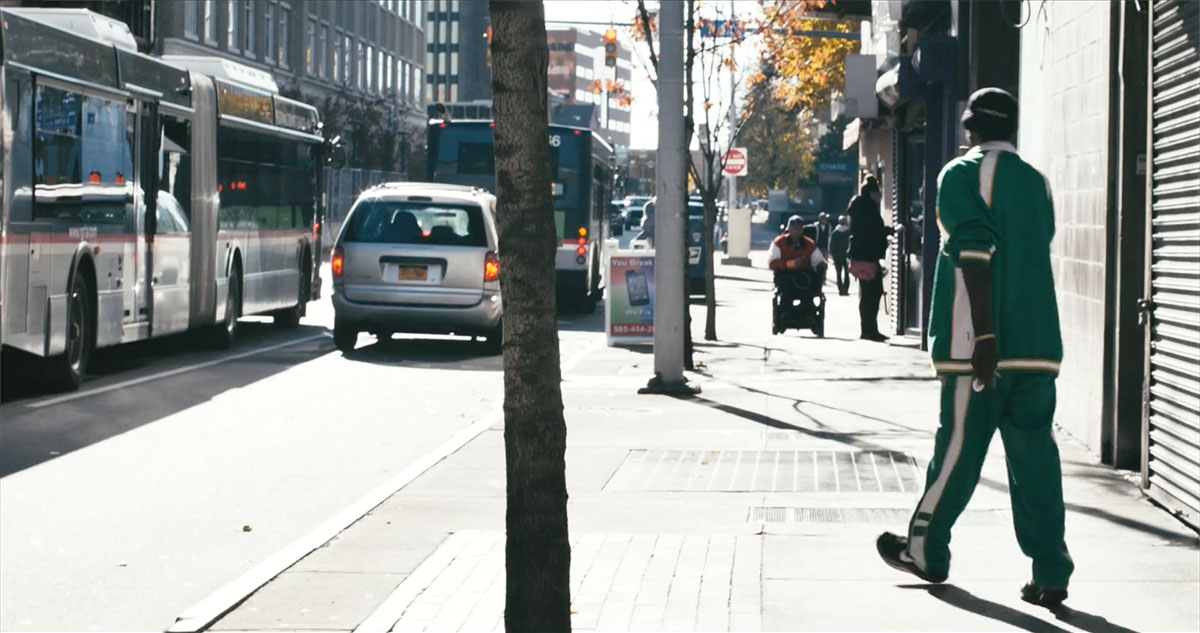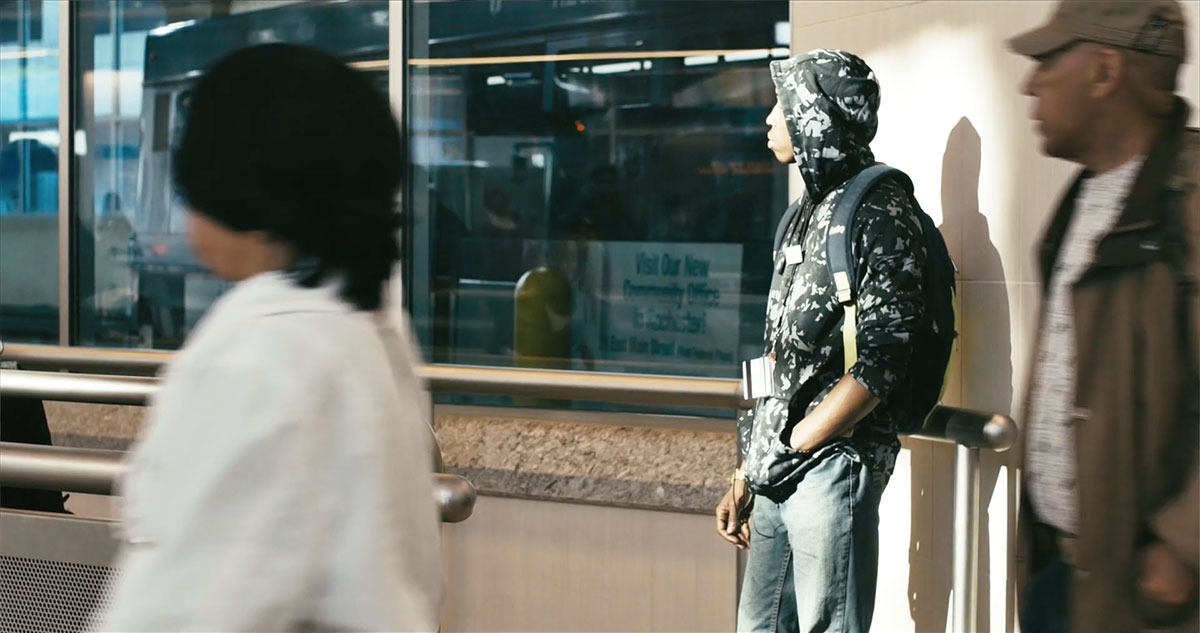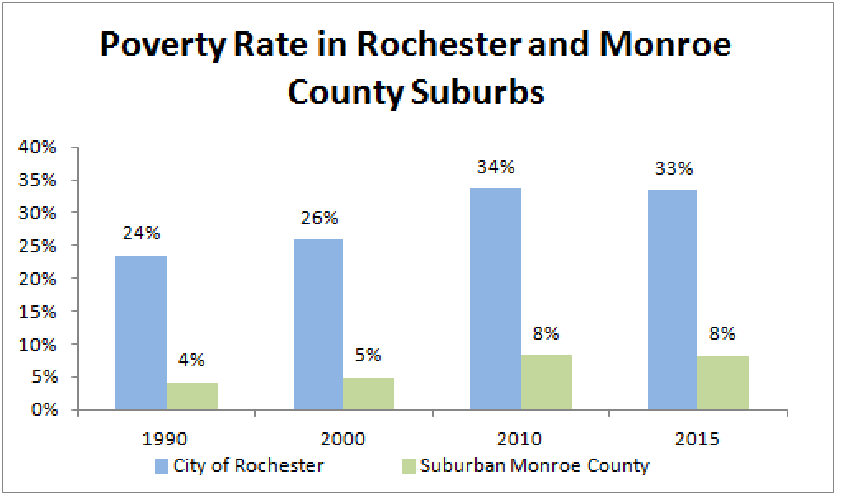 Posted by: Pete Nabozny, Associate Principal at CGR and co-owner of Tru Yoga
Posted by: Pete Nabozny, Associate Principal at CGR and co-owner of Tru Yoga
The statistics are overwhelming – 111,000 Monroe County residents live in poverty, accounting for slightly more than 15% of the region’s total population. Within the City of Rochester, a full 34% of the City’s population (or over 68,000 people) live below the poverty line, including over 50% of children in the City. The percentage of City residents in poverty has risen by 30% since 1990, when less than 24% of City residents were impoverished.
Rochester clearly has a growing poverty problem, and thankfully, this issue has received considerable attention over the past several years.
A number of elected officials and community organizations have put forward plans to address this growing crisis. While there are far too many proposals and ongoing efforts to include here, an incomplete list is below:
- The Rochester-Monroe Anti-Poverty Initiative and several community partners have begun implementing two adult mentoring models with evidence of success in Boston, Massachusetts.
- The Mayor’s Office of Innovation was created to work as the Mayor’s research and development team and are specifically tasked to work on issues of poverty. Currently, the office is working to create worker-owned community cooperatives, looking into some transportation initiatives like vanpooling, and have recently launched KivaZip.
- The Finger Lakes Regional Economic Development Council has a plan to build up manufacturing in our area, and has a particular focus on eliminating poverty.
- The Children’s Agenda has long advocated for a number of worthwhile policy changes, notably emphasizing the need to expand evidence based home visitation programs and increase funding for child care subsidies for low income families so parents can afford returning to the workplace.
- Great Schools for All advocates a next generational approach through the creation of county-wide magnet schools that will give low-income families access to schools with lower poverty rates, thus improving educational outcomes for poor children from high poverty neighborhoods and improving their chances of going to college and earning more as adults.
What else should we do?
We would like to add another perspective to this mix. Reconnect Rochester is committed to creating a more equitable community, and believes that smarter planning decisions and greatest investments in public transportation should play a key role in poverty reduction efforts. While RMAPI includes transportation as a key barrier for people in poverty in its analysis of the issue, and has put forward some ideas of how to address it, more attention on this topic is needed.
In particular, we should focus on how best to connect low-income residents with the jobs, services, and resources they need to succeed, and we should do so with our existing transit system in mind. We need to encourage urban density and reverse the sprawl that has characterized development in this region for so long. And we should center our housing development and business investments on our existing transit system and especially around the Transit Center downtown.
Over the next several articles, we will explore why a robust public transportation system, a transit-oriented City Center, and improved access to jobs and others services are essential to giving people the opportunity to achieve economic self-sufficiency. Continue to Part 2: What is Poverty?…


